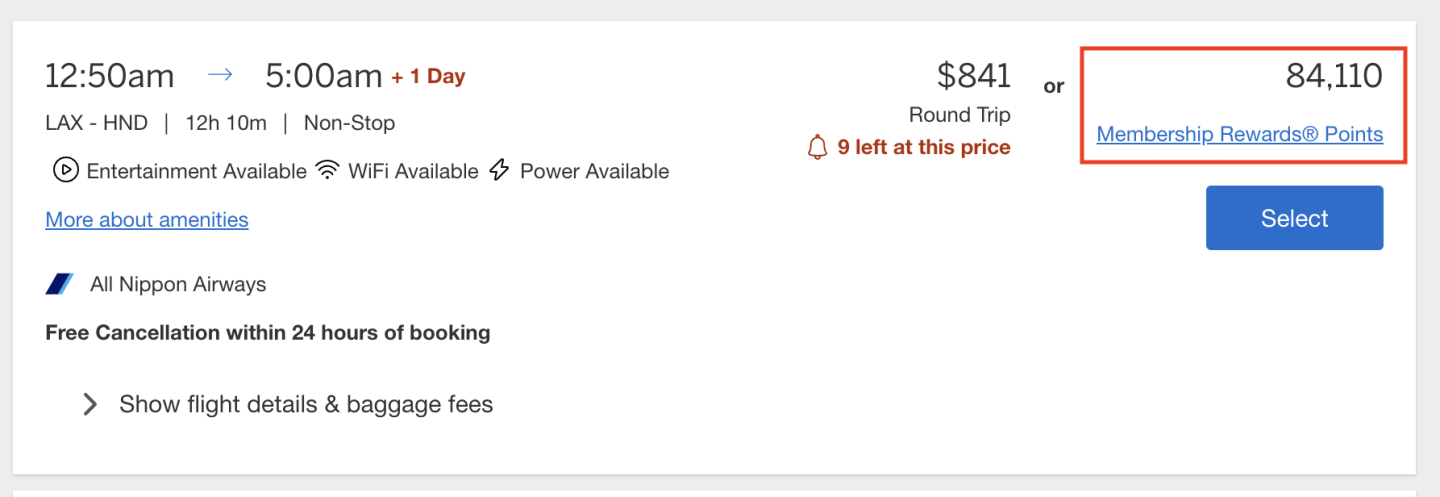Remember those old internet ads promising one “weird trick” to improve your fitness forever? I never clicked on those, but I wonder if the trick was “exercise often.” Because that would work.
Similarly, I’m asked all the time about the best way to use credit card reward points — specifically, points issued by banks designed to cover a variety of travel expenses. Three-quarters of credit card accounts offered rewards in 2022, according to the Consumer Financial Protection Bureau, and many come with flexible redemption options. The answer is surprisingly simple: Learn how to transfer those points to travel loyalty programs.
Transferring points isn’t a particularly easy or obvious option. But the value of the points from popular issuer loyalty programs — such as Chase Ultimate Rewards®, American Express Membership Rewards and Capital One miles — can vary dramatically depending on how they’re used. That’s why NerdWallet offers both a “baseline value” and “maximized value” in our point valuations.
The baseline value is how valuable points are when used for booking travel directly through the issuer’s rewards portal, such as Chase Travel℠ or Capital One Travel. The maximized value relates to how much these points are worth when transferred to their best partner program. For example, the baseline value of American Express Membership Rewards is 1 cent, while the maximized value (when transferred to the best partners) is 2 cents.
Don’t be deterred
Most credit card reward programs make it easy to use your points for their baseline value. They usually show the cost of using points right next to the cash price when searching for travel on their booking platforms.

To be clear: There’s nothing wrong with using your points this way. Sometimes it’s actually the most valuable redemption option. And you generally get benefits like earning miles on flights booked this way. But there is another way.
American Express puts the “transfer points” option at the bottom of a hard-to-find menu on its account page. Don’t be deterred.

Figuring out how to actually transfer your points is one thing. Then comes the real challenge: Which partner program should you transfer them to?
This is the step where most people — including me — are most likely to get deterred. Each credit card program has a long list of transfer partnerships ranging from well-known U.S. brands like Delta Air Lines to international airlines like EVA Air. Which transfer partner is “best”?
Be clear about your goals
Many articles about maximizing points focus on redemptions that yield the best dollar-per-point value, which are almost always business and first class awards. But it’s worth asking: Is that what you want?
If you were planning to fly in a premium cabin already these articles can be helpful. But there are many problems with trying to book these awards, including restricted availability, complex booking processes, large fuel surcharges and other fees.
Flying economy might give you a worse dollar-per-point value than flying first class, but you might be able to squeeze more trips out of your points. And transferring points to loyalty programs for economy flights could still give you an edge over booking directly through an issuer. Don’t suddenly turn into a champagne-swilling points maximizer just because some article told you to.
Also important: Don’t transfer your points until you know the redemption you want to book is actually available. Otherwise you’ll be stuck with a bunch of points in random programs, and this one trick will turn into a big hassle.
Stick with it
The thing about this one weird trick — just like exercise — is that it requires persistence. It’s not a magic bullet.
Credit card holders earn $40 billion worth of rewards each year, according to a 2022 report from the Consumer Financial Protection Bureau. And most of those rewards won’t be used to maximum effect.
By simply considering transfer partnerships as an option when using your credit card points, you’ve already put yourself 10 steps ahead of most people.

